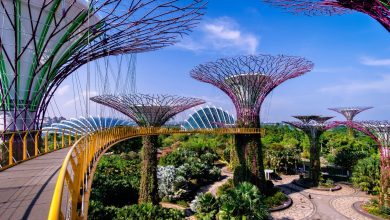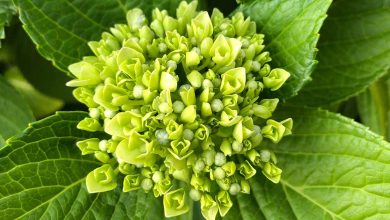Monocots: [Cultivation, Irrigation, Associations, Pests and Diseases]
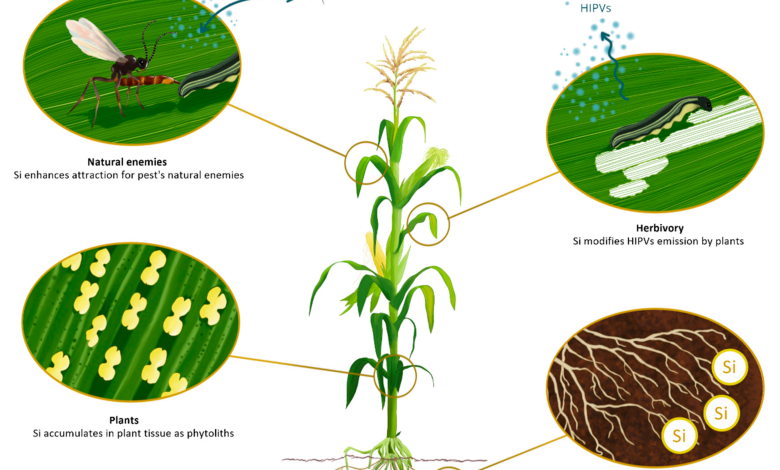
Important points when planting Monocotyledons
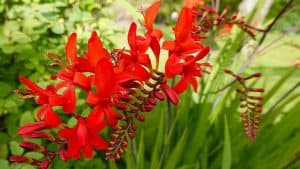 Where to sow? Full sun. It needs a lot of sunlight. half shade
Where to sow? Full sun. It needs a lot of sunlight. half shade- When? In spring, summer and autumn
- How do we prepare the land? Removed, removing weeds. With substrate such as organic compost, based on decomposed tree pieces, charcoal, rice husks and perlite, among others.
- How do we water? With drip and sprinkler.
- How often do we water? In summer every 2 to 3 days. Rest of the year frequently, without excess.
- Plagues and diseases? Pests and diseases of the different species that make up the monocotyledons.
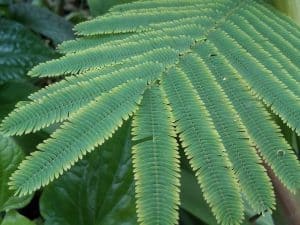 Monocots are one of two classes of flowering plants (Angiosperms). Phylogenetically, the monocots are thought to derive from an extinct branch of the Ranales.
Monocots are one of two classes of flowering plants (Angiosperms). Phylogenetically, the monocots are thought to derive from an extinct branch of the Ranales.
They are almost always herbaceous and they include well-known plants, such as lilies, orchids, grasses (wheat, corn) and palm trees, among others.
They are characterized by having a single cotyledon in the embryo, the floral organs in groups of three, the leaves generally with parallel ribs and stems with few vascular bundles and no cambium.
A cotyledon is a leaf-like structure found in the seed, it is an embryonic leaf.
What characterizes monocots?
The main characteristics of monocotyledonous plants are the following:
- Its flowers are made up of three whorls that are: the corolla, which at the same time is made up of tepals, the androecium and the gynoecium. In flowers it is not possible to establish a difference between the calyx and the corolla
- Growth in terms of thickness is generally absent.
- They have a nerve in the leaves that is known by the name of parallelinnervia.
- The seed embryo has a single cotyledon, in an apparently terminal position and with a sheath surrounding the vegetative point.
- They have vascular bundles scattered throughout the stem.
- They have pollen grains that usually have a single opening.
- The roots of monocotyledons are fasciculated since they are all born from the same place, replacing the primary root with several bundle roots.
- The stem usually has no branches or if they are, they are few in number and have no cambium.
- The leaves of the monocotyledons have a type of parallel vein, lamellar, long and narrow.
- Depending on the number of petals, they can be classified as trimerous or with three petals, or hexameric or with six petals.
- It comprises 11 orders and 45 families, with about 2,000 genera and about 34,000 species.
How are monocots classified?
Regarding their classification, eight orders or types of monocotyledons stand out:
Lilials
Herbaceous with bulbous roots on some occasions and climbing stems. They are hermaphrodites and their fruit is berry-shaped.
arals
They are herbaceous, tuberous or with tuberous rhizomes. They can be epiphytic or aquatic floating. Its flowers are hermaphrodite or unisexual and its fruit is a berry.
Amaryllidaceae
They are also herbaceous and may or may not have bulbs. Its flowers are hermaphrodite and its fruits are capsule-shaped.
palm groves
They are arboreal and have large divided, pinnate or palmate leaves. Its flowers are unisexual, and usually hermaphrodite, its fruit is a berry, drupe or nut.
Zingiberaceae
They can be tree plants on some occasions, their flowers are zygomorphic, hermaphrodite or unisexual.
Orchids
They are the ones that are found in greater quantity and orchids are the main plant. They are pollinated by insects and their fruits are in capsule, although they can also be presented in the form of berries.
Ciperales
They are herbaceous, generally originating from humid areas. They have unisexual or hermaphrodite flowers, and their fruit is in the form of a nut or nut. It comprises a single family, the sedges.
graminals
Its stems are gnarled and hollow, its flowers are small and hermaphrodite in a spike or cluster. They are important for human nutrition.
When to plant monocots?
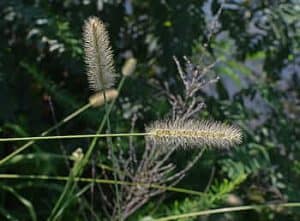 The most suitable time to plant monocots is in spring, summer and even autumn.
The most suitable time to plant monocots is in spring, summer and even autumn.
When planted in the fall, during the spring you can see a garden or patio decorated with monocotyledonous flowers that are usually very generous in beauty and color.
Where to do it?
Full sun, with lots of light and also in the shade. Monocots are said to be generally well adapted to aquatic or amphibian environments.
How to prepare the land?
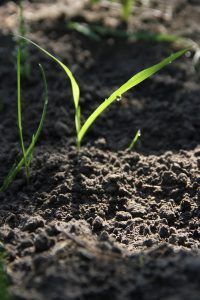 Among the factors that affect the good establishment and productive behavior of monocotyledons is adaptation to soil and climate.
Among the factors that affect the good establishment and productive behavior of monocotyledons is adaptation to soil and climate.
As well as resistance to different types of substrate, resistance to pests and the attack of different pathogens.
In general, for plants, the type of soil in which to grow is extremely important. Many of the monocotyledons grow rooted in it, feeding on its minerals and the water it contains.
If the soil does not provide what the plants require then they cannot grow, multiply or flourish well and healthy. The best soils are those that contain a lot of decaying organic matter. About 20 million bacteria and a million fungi typically grow in a handful of soil.
In some places, the soil has so much mud and so little decaying organic matter that it becomes hard and air doesn’t penetrate, so plants can’t grow.
After many experiments, science has invented chemical powders and fertilizers that tune the soil for cultivation. These nutrients spread on the ground and buried with a hoe form heavy, crusty soils that become a well-aerated and moist fertile soil.
Some monocotyledons such as grasses (corn, soybeans, etc.), for example, when planted in a good type of soil, produce up to 5 times more.
How do we water monocots?
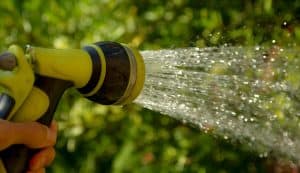 In general, the plants that are part of the monocots are strong and resistant varieties and species.
In general, the plants that are part of the monocots are strong and resistant varieties and species.
They like humidity, but they can’t stand puddles that can cause diseases and fungi.
For this reason, it is necessary to water them depending on the species and variety of the group to which it belongs within the monocotyledons, but in general with 2 to 3 times a week in summer, they can work and the rest of the year a little less watering.
How do we plant a monocot step by step?
 The planting of monocotyledonous plants will also depend on the species, variety, genus and group to which the plant belongs.
The planting of monocotyledonous plants will also depend on the species, variety, genus and group to which the plant belongs.
It is important to take into consideration each one of the characteristics and needs of the plants that are going to be sown in order to carry out the necessary cultivation procedures.
However, for all monocotyledonous plants it is recommended:
- Check the soil where the plants are going to be planted.
- Selection of the seeds and the necessary treatment of each of them to proceed with their germination and sowing.
- The substrate must be in accordance with the variety that you want to grow, rich in nutrients, compost or organic matter.
- Sow in a pot according to the needs of the type of plant.
- Water abundantly, but without flooding.
- Location of the plant should be in full light, sometimes direct sunlight and sometimes indirect, but with a lot of light and also in semi-shade.
What favorable associations do they have?
The association of crops of compatible plants produces benefits with respect to their cultivation separately, in addition to the use of light, water and/or nutrients.
Monocotyledons are the most important plants for human life both economically and culturally. Many materials produced by these plants are used in construction and medicine.
For this reason, the association of crops of some species of monocotyledons should be beneficial, but this selection will correspond to the horticulturists and specialists in the area to obtain better results.
What pests and diseases attack monocots?
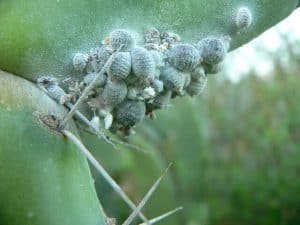 Monocotyledonous pests and diseases are those that directly and individually affect each group of flowers that are part of the whole. That is, of the 11 orders and the 42 families.
Monocotyledonous pests and diseases are those that directly and individually affect each group of flowers that are part of the whole. That is, of the 11 orders and the 42 families.
And among that group are the pests and diseases that are characteristic of the liliales, arales, amaridales, palmales, zingiberaceae, orchidaceae, cyperales and graminals.
In general, the most common are aphids, mealybugs, and powdery mildew and fungal diseases, among others. Also with modern care and treatments it has been possible that plants and among them monocotyledons are not so strongly attacked by pests and diseases.
In the past, for example, wheat – monocotyledonous grasses – was attacked by scab and other pests, researchers gradually pollinated it, planting it over and over again until they obtained the seeds that farmers needed.
There are no longer those terrible epidemics and plagues of wheat scab and other fungi that used to wipe out the entire wheat harvest. Currently wheat is not so easily infected and there are new treatments for the pests that attack it.
Bibliography and references
- My First Knowledge Encyclopedia. Snake plants and conservation. Published by Grolier Incorporated. New York, 1961. Pages 80-81.
digital database
- Euston96.com. Monocots. Reproduced from: https://www.euston96.com/monocots/
- Jardineriaon.com. Differences between monocots and dicots. Reproduced from: https://www.jardineriaon.com/cuales-son-las-diferencias-entre-las-plantas-monocotiledoneas-y-las-dicotiledoneas.html
- botany.cnba.uba.ar. Monocots and Dicots. Reproduced from: https://botanica.cnba.uba.ar/Pakete/3er/Vegetales/6666/MonocotiledoneasyDicotiledoneas.html
- Differentiator.com. Monocots and Dicots. Reproduced from: https://www.differentiator.com/monocotyledoneas-y-dicotyledoneas/

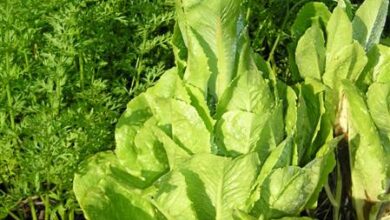
![Photo of El Singonio: [Characteristics, Sowing, Care, Substrate and Irrigation]](https://www.complete-gardening.com/wp-content/uploads/2021/06/características-del-singonio-o-planta-punta-de-felcha-390x220.jpg)
